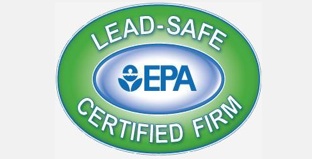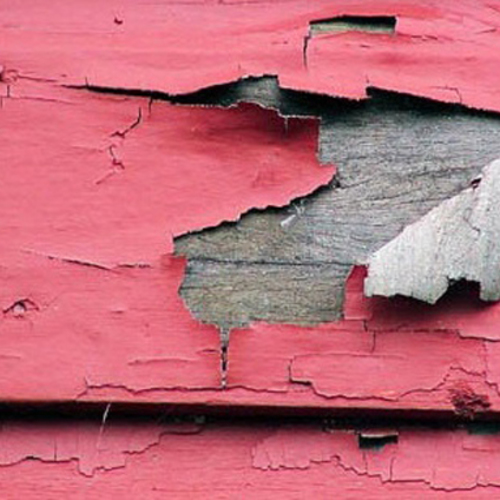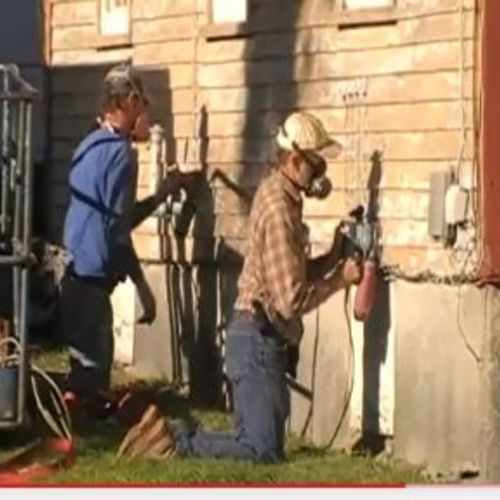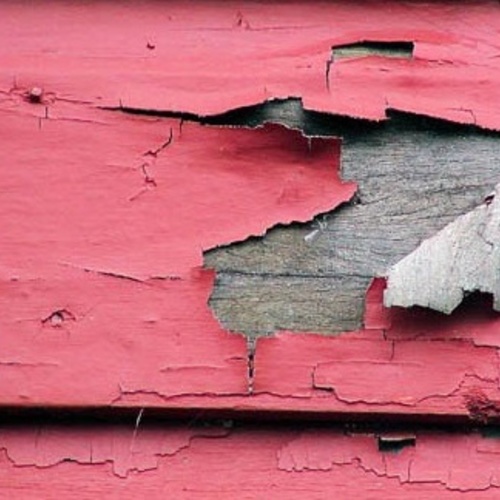
Image Credit: Environmental Protection Agency
The Environmental Protection Agency has defused a long-simmering debate over a dust-wipe testing rule that was one of the proposed revisions to the agency’s 2008 Lead Renovation, Repair, and Painting (RRP) program.
In a July 15 announcement of final RRP updates, the agency rejected the dust-wipe regulation, which would have required third-party clearance testing for renovations in homes built before 1978. The EPA did, however, announce that it had toughened other rules, which now require:
- Construction of impermeable containment walls around exterior workspaces to prevent the spread of lead dust beyond the work areas. The enclosures must consist of a nonporous material, such as plastic sheeting, wrapped and secured in “vertical containment” fashion over scaffolding or another rigid frame.
- Training of uncertified workers in lead-safe work practices. Training must be administered by certified renovators.
- Monitoring by certified renovators to make sure their workers properly maintain containment envelopes and prevent the spread of debris.
- Dust-and-debris containment inside the enclosure during the use of power tools equipped with high-efficiency particulate air (HEPA) vacuums. The tools must be operated “so that no visible dust or release of air occurs outside of the shroud or containment system,” the EPA says.
Another revision allows states to increase penalties for noncompliance with the containment rules. The dust-wipe testing rule, meanwhile, was shelved because, as EPA puts it, it “is convinced that the work practices established in the 2008 RRP rule are reliable, effective, and safe, and that imposing a dust wipe testing or clearance requirement is unwarranted.”
Opposing views
The National Association of Home Builders, which objected to the dust-wipe testing proposal and had pushed for legislative action to try to curtail EPA funding unless it rejected the dust-wipe proposal, applauded the agency’s final take on the issue. NAHB claims the cost of dust-wipe testing would have unnecessarily increased the cost of renovations on homes covered by RRP regulations.
Among the groups that supported the testing proposal, the National Center for Healthy Housing, a nonprofit developer of science-based strategies for creating safe homes, said it was disheartened that the EPA rejected the dust-testing rule but reasonably confident the RRP will be beneficial if properly enforced. “Some changes ease the burden for contractors while others strengthen the rule’s health protectiveness,” the NCHH said in a press release.
While some contractors have pegged the cost of a third-party dust-wipe tests at between $100 to $500, Jane Malone, NCHH’s policy director, pointed out to GBA that in practice the actual cost would likely be close to $100. She also noted that RRP regulations are written on the presumption that lead is present in pre-1978 buildings, but that if a contractor, through EPA-approved third-party testing, proves lead isn’t in a pre-1978 residence before work begins, he or she doesn’t have to operate under RRP constraints on that particular project.
Malone added that while there’s no getting around the extra costs on RRP-compliant projects, the cost of dust-wipe testing could come in well below that of other requirements, including vertical containment.
Weekly Newsletter
Get building science and energy efficiency advice, plus special offers, in your inbox.















6 Comments
Read the regs...
As always make sure you read the regs - for example, the vertical containment listed above is if you are within 10' of the property line & some exclusions do apply this, while there are times vert containment is required even under the older unedited regs.
The training was already required to be completed by the CLR & as for those last two points - that is in the talk part, not in the regulation
I do love how if a group is in favor of something they always use the lowest possible cost they can find
Some questions
Replacing a
Some questions
Replacing a painted porch rail. Age of rail or home unknown. Cutting up rails and taking to standard town refuse demo roll off. How do the EPA regs apply?
Repainting older Victorian. Scraping loose paint, no power tools. EPA regs full containment and training and more?
Vermont fine is how much ?
A question for AJ
AJ,
So, you are a remodeling contractor who sometimes works in pre-1978 homes. You did take the mandatory training, didn't you? So you probably learned all the answers when you took the class... you're just forgetting some of the details...
For those who want to refresh their memories, you can read a white paper I wrote about the lead regs. It's called "A Contractor’s Guide to the Lead Paint Rule," and it's available from GBA for free if you visit this Web page:
https://www.greenbuildingadvisor.com/content/free-downloads-green-building-professionals-and-passionate-enthusiasts
Martin, the work listed is
Martin, the work listed is not my work. I am not doing work that relates to regs. But I do know many contractors and most of them if not all have not even heard about the new regs. My main concern today is for a new to contracting couple repainting an old Victorian in Vermont.
Without taking the class, is it possible to paint the exterior of a pre 1978 home? And what is the fine in Vermont if not?
I will send a link to this site to them.
Thanks Martin
Response to AJ
AJ,
If this couple are operating as remodelers, they need to get certified.
If this couple is working on their own house, the lead regulations don't apply. However, it is always wise to follow safe practices. Read more in the free white paper.
Reread your linked report,
Reread your linked report, fantastic. Sent copy ahead to the contracting couple.
Thanks again Martin
Log in or create an account to post a comment.
Sign up Log in